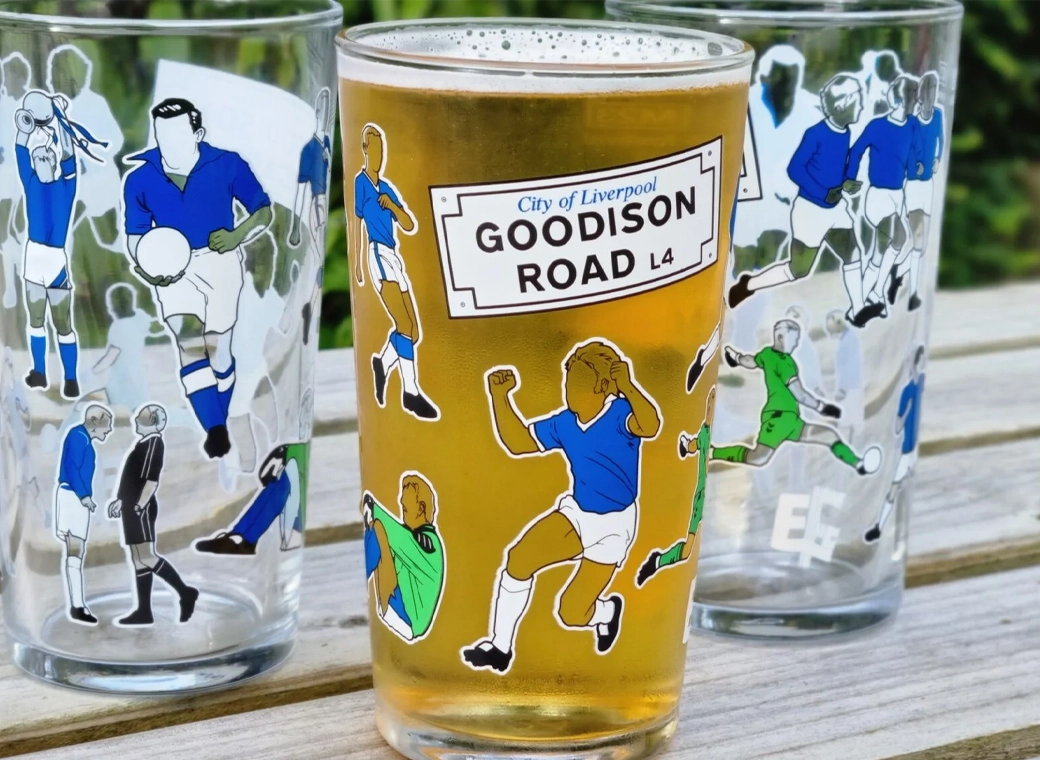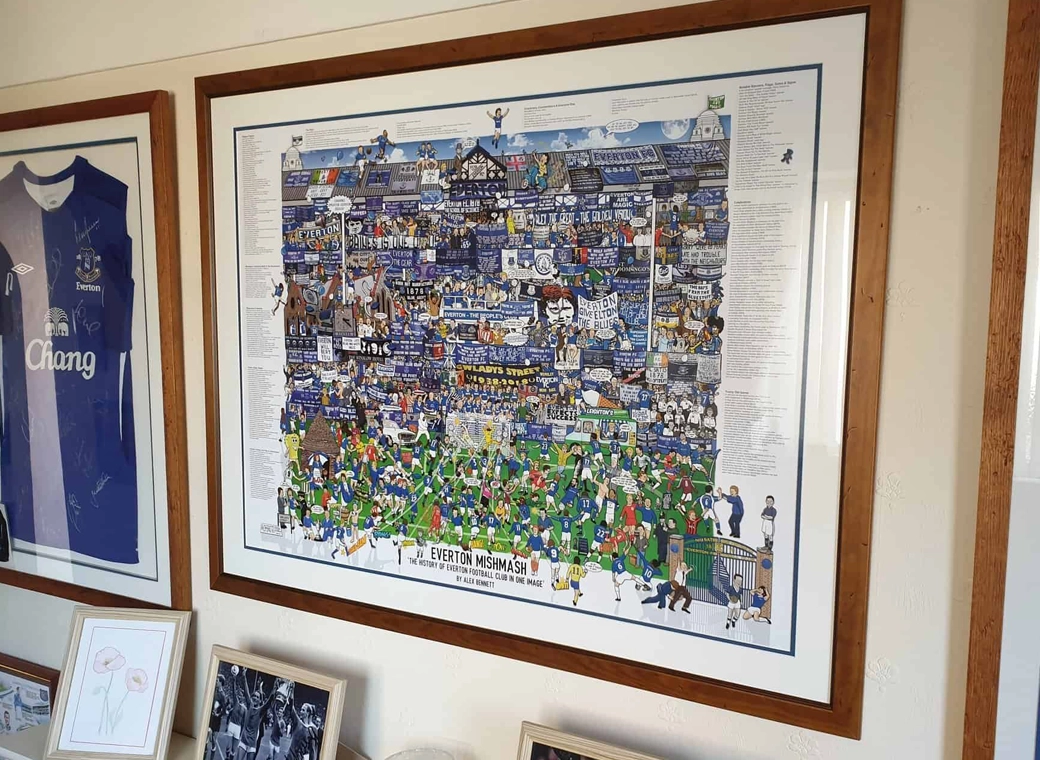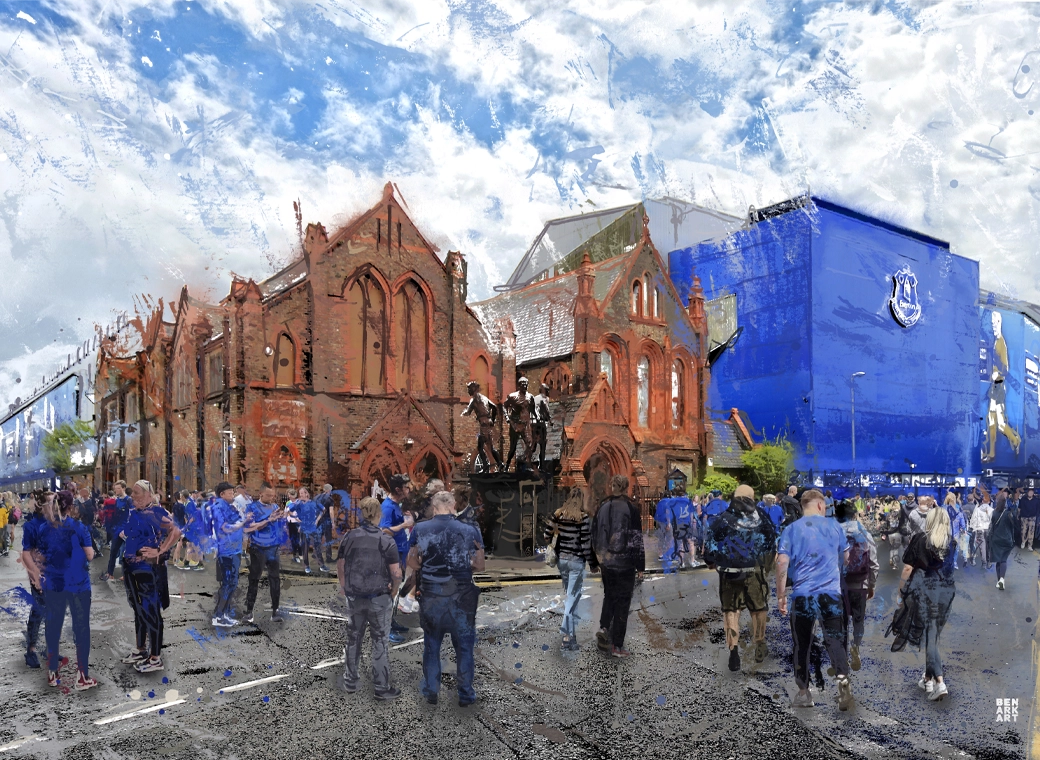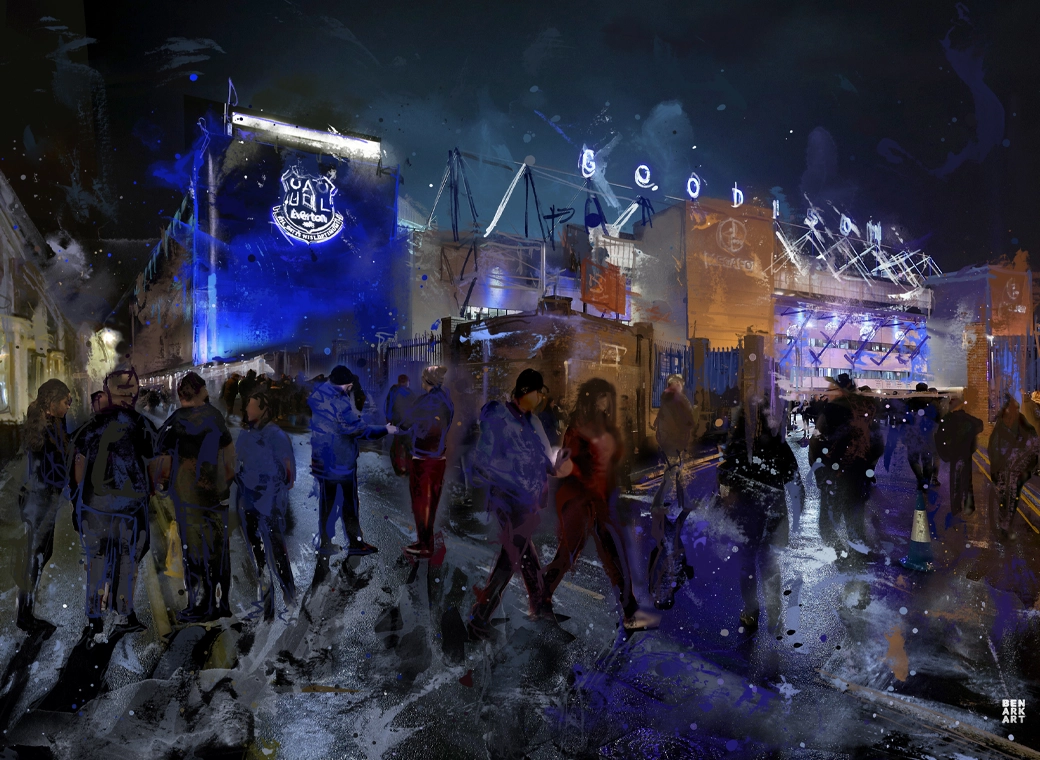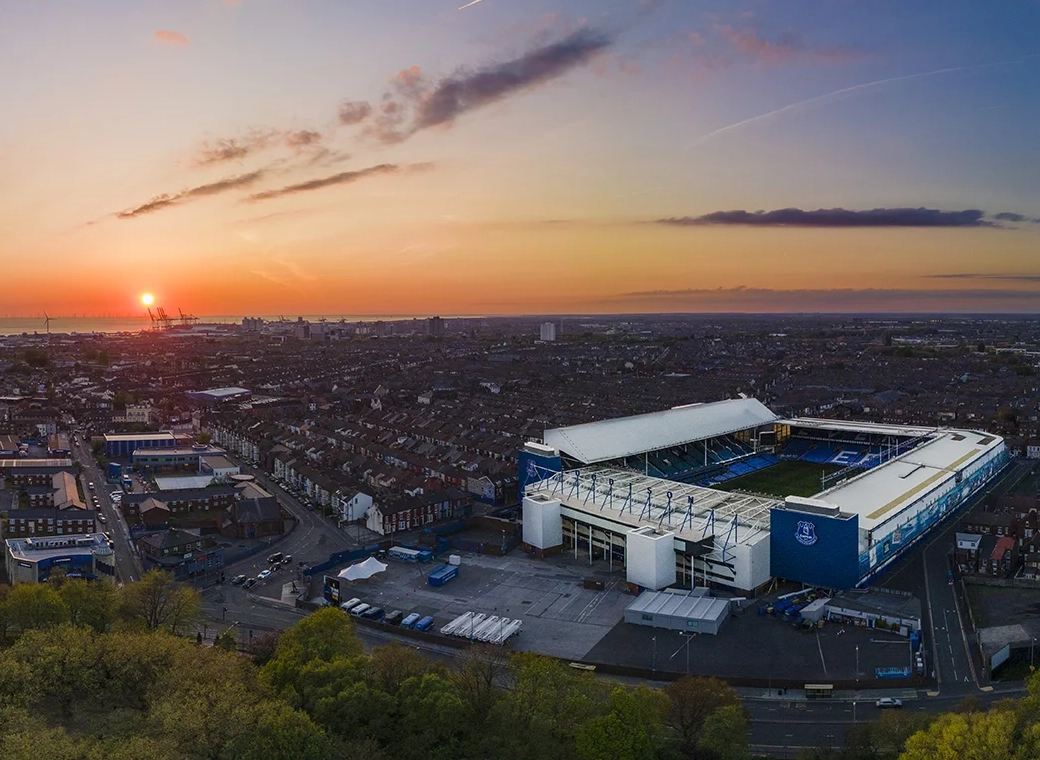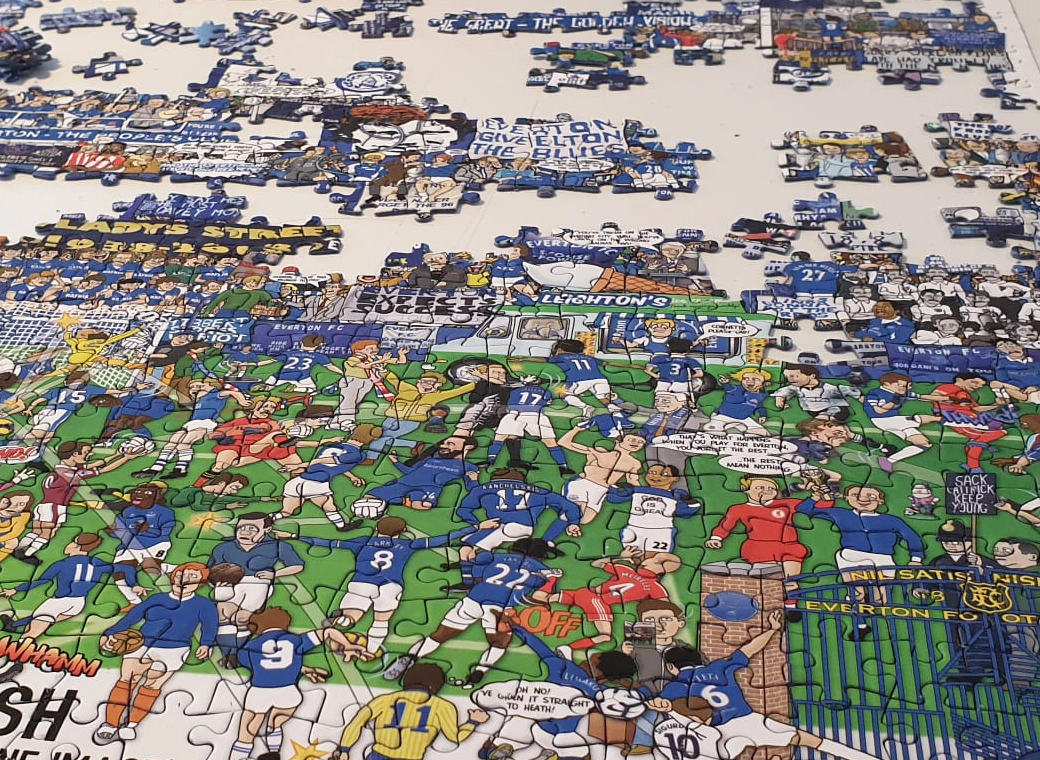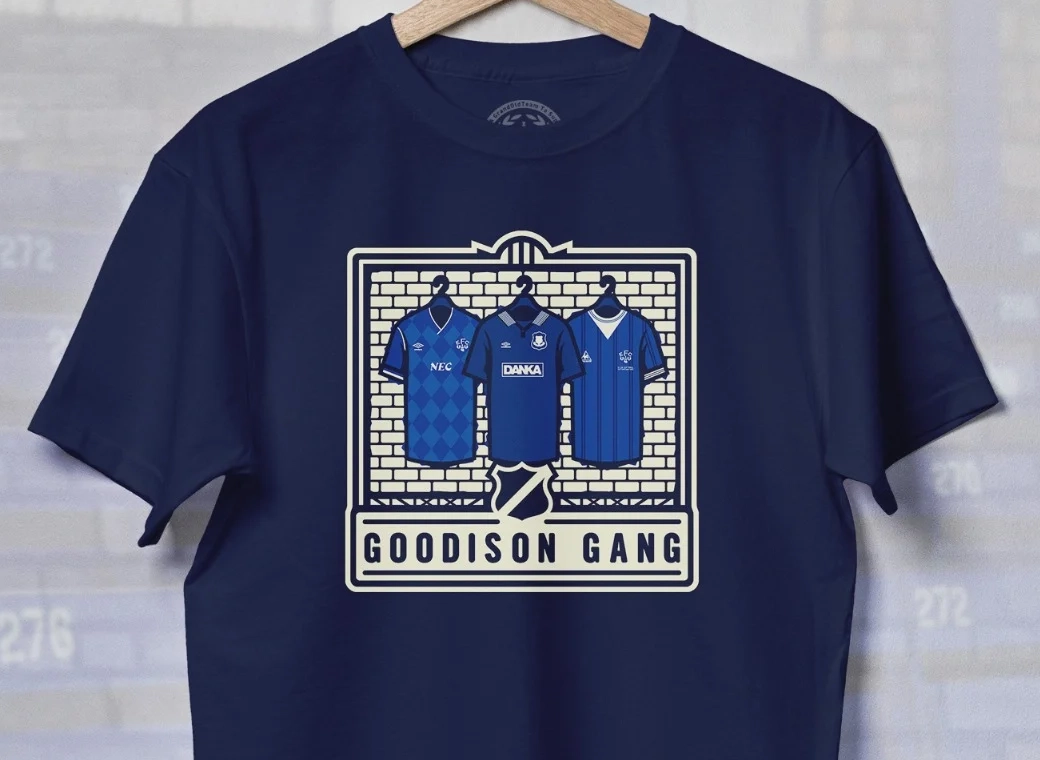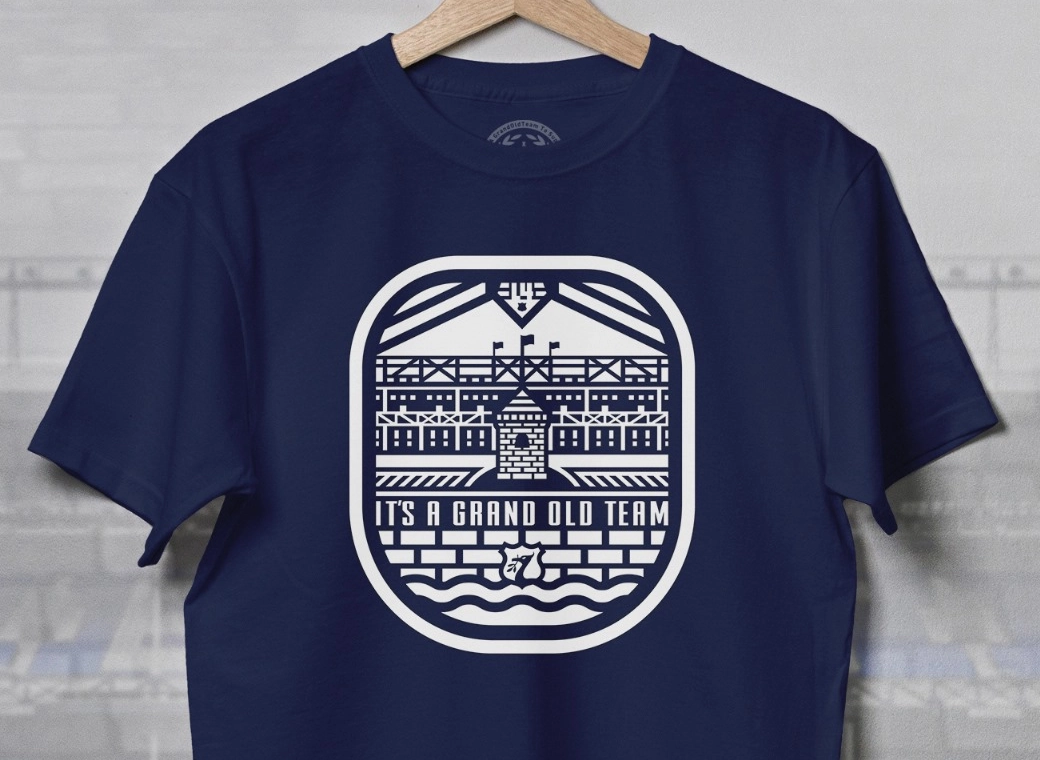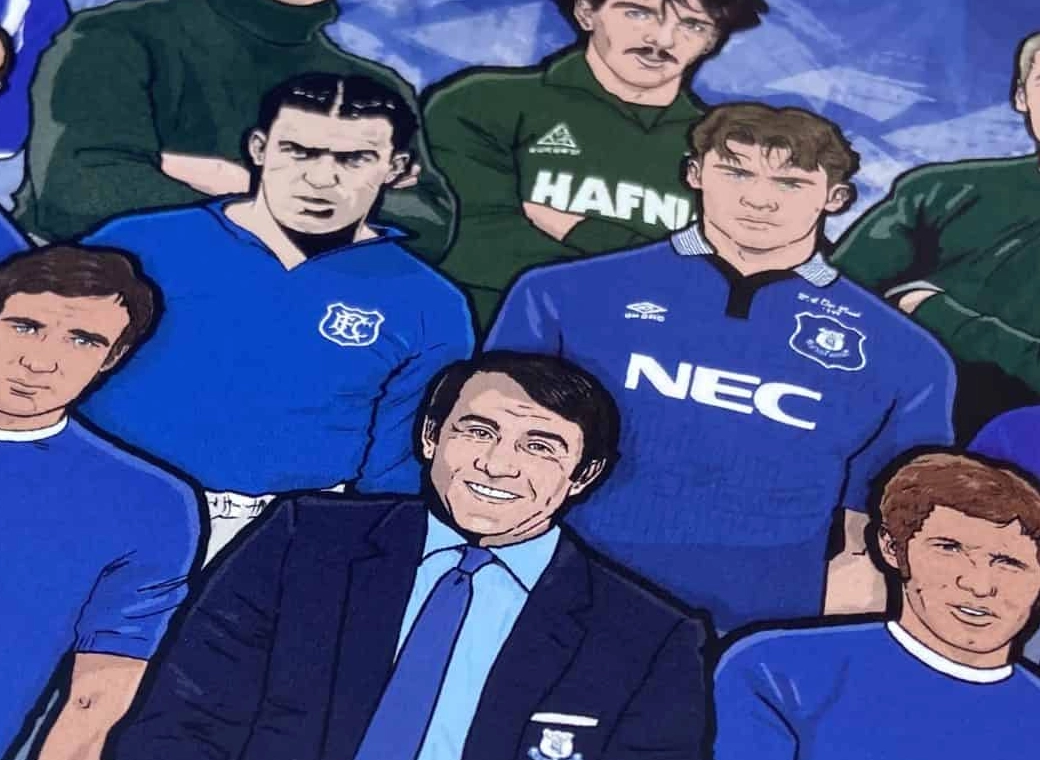https://www.theguardian.com/sport/t...ay/01/neville-southall-player-year-award-1985
How Neville Southall won the Player of the Year award in the 1984-85 season.
As someone who played over 10 years of youth football as a goalkeeper, I have often had a lot of admiration for anyone mad and/or brave enough to play in that position. Sometimes the respect has been grudging. As an Arsenal fan, Peter Schmeichel broke my heart on many occasions, but I'll argue with anyone that he was as influential in United's successes as Eric Cantona and Roy Keane.
Often the love has been based on a purely biased view. Pat Jennings, John Lukic, David Seaman, Jens Lehmann, even Alex Manninger for a few glorious months in 1998 (but never ever Manuel Almunia I can assure you). On the whole though, my appreciation of a decent goalkeeper has always lived within me. When I was growing up in the 1980s, there was one man who I wanted to be more than most: Neville Southall.
For Everton and Southall, the delights of the 1984-85 season must have seemed a million miles away on 6 November 1982. Southall had made a £150,000 move from Bury in the summer of 1981 and, after wrestling for a first team place with Jim Arnold, seemed to have the position sewn up come the end of the 1981-82 season, after making 26 league appearances.
But then came Liverpool, Ian Rush and a 5-0 defeat at Goodison on that fateful November day in 1982, which forced besieged boss Howard Kendall to ring the changes. Southall was one of the casualties, the former bin man appearing to be cast to the scrap heap.
Southall lost his place to Jim Arnold and also suffered the ignominy of being loaned out to Port Vale in the first two months of 1983, yet it turned out to be the making of the Welshman. His nine-match spell at Vale Park was such a success that the Fourth Division side tried to sign him, and his impact can be judged by the fact that he was voted number 21 in Port Vale's cult heroes on fansite One Vale Fan. By the start of the 1983-84 season, Southall was ready to claim Everton's number one jersey as his own.
The 1983-84 season was the turning point for both Southall and Everton. Although their league form was still shaky, the club embarked on two lung-busting cup runs that took the pressure off Kendall and laid the platform for what was to follow. Southall played a total of 54 matches, including 19 cup matches, as he firmly established his place in a rejuvenated side.
The tide may well have turned after that Adrian Heath goal at Oxford, but the FA Cup run was almost derailed by Third Division Gillingham in a fourth round replay, on a night when Southall ensured Everton were still in the competition. Unfortunately the quality of the video recording is nowhere near to that of Southall's display that evening, but his growing importance to Everton's cause was emphasised in this display. His semi-final performance was just as impressive, as he thwarted Southampton at various stages, enabling Everton to reach their second cup final of the season.
Everton would narrowly lose out to Liverpool in the League Cup final replay at Maine Road, but the consolation of an FA Cup triumph against Watford was none too shabby. Come the start of the 1984-85 season, hopes were high on the blue half of Merseyside for an improved league campaign, and the optimism grew after a Charity Shield victory over Liverpool.
Everton's 1-0 win was an early indicator that the balance of power could be beginning to shift. But the Everton balloon was well and truly burst during the first two games of the season – a catastrophic 4-1 home defeat against Tottenham and a 2-1 loss at West Brom – with Southall in particular putting in a poor display in the opening game. It would be a rare blip for both player and club, as their fortunes soon began to improve.
Everton would lose just one of their next eight league games before a belief-affirming success away at Anfield, their 1-0 victory secured via Graeme Sharp's Match of the Day Goal of the Season. Southall played his part, stopping Ian Rush in the first half and ensuring that Everton's goal would not be breached in the second half, giving the away team their first league win across Stanley Park since 1970.
This was followed up by a 5-0 shellacking of Manchester United at Goodison, and further clean sheets from Southall at home to Leicester and Stoke and away at West Ham pushed Everton to the summit of the First Division. There would be the odd blemish prior to Christmas – a crazy 4-2 defeat at Norwich and a 4-3 loss at home against Chelsea – but after December 22 the Everton juggernaut began rolling.
Analysing Everton's record over the next 18 league games reveals a staggering run of results that took them to their first league title since 1970: P18 W16 D2 F43 A9 (including nine clean sheets). The championship was clinched during the 17th match of this run (a 2-0 win at home against QPR), and this combined with 10 other unbeaten matches in the FA Cup and Cup Winners' Cup, took Everton to the brink of a fine treble.
Through it all, Southall was the solid rock on which this run was built, his game in such good order that Everton skipper Kevin Ratcliffe claimed: "When you've got a keeper like that in your team you can gain an extra fourteen points." Two such examples that back up Ratcliffe's quote were Tottenham and Sheffield Wednesday away.
Under Peter Shreeves, Tottenham were second in the table behind Everton, before the two clashed at White Hart Lane on 3 April 1985. Although a win was not crucial for the visitors – Everton were three points in front with a game in hand – there could be no doubting that a win would put a serious dent in Tottenham's league hopes and push Everton that little bit closer to the championship.
Everything seemed to be going swimmingly when Andy Gray and Trevor Steven gave Everton a 2-0 lead, but a late Graham Roberts screamer set up squeaky bum time in the closing stages. And then came a moment that is still talked about to this day: Southall's stunning save to deny Mark Falco's point-blank header with just minutes to go won Everton the match and ripped the heart out of Tottenham's title aspirations.
Writing in his autobiography The Binman Chronicles, Southall was typically modest about the incident: "It was straight at me and I'd saved plenty like that on the training ground. I always knew I was going to get it," although interestingly at the time he claimed he was a bit lucky.
Elsewhere, the praise for Southall's save was gushing. "Southall makes it Everton's crown" declared the Express headline the very next day, with Steve Curry not alone in mentioning Gordon Banks' save from Pelé in 1970: "Not since the steamy Mexican afternoon when Gordon Banks kept out a header from Pelé in the 1970 World Cup, has a goalkeeper produced quite such an astonishing save as Southall conjured at White Hart Lane last night." The Mail's Jeff Powell was just as enthusiastic: "Southall twisted through the night air like a marlin on the hook to divert the ball over the crossbar."
The adulation kept on coming. "The talking point in my dressing-room has been that world-class save. It has prevented us from getting an important draw," said a disappointed Shreeves. Kendall was ecstatic at the outcome: "He's been doing it all season, but that one was something special." Not only had Southall provided Everton with two of the extra two points that Ratcliffe mentioned, but the importance of that evening in April, and the effect it had on both teams was telling. "For many people that was the moment we won the league title," said Southall, but there were even more heroics to come.
Sheffield Wednesday away was never an easy place to get a result in the 1980s. When Everton visited Hillsborough on May 4, Wednesday had only lost one league match at home all season, and despite the visitors taking the lead through Andy Gray's mishit shot, Everton's goal came under siege. "I don't think I've ever seen such intense pressure applied by a football team," announced a breathless Barry Davies as Wednesday hit Everton with all that they had.
Everton stood firm though, Southall producing a couple of moments of brilliance that Davies described as "two quite remarkable saves". The first save is the kind that keepers dream of making, Imre Varadi's shot almost appearing to be beyond Southall before he flicked the ball away.
Southall wasn't finished though, keeping out a Mark Smith header with a fine instinctive save, before the crossbar came to Everton's aid (although, if you believe some reports, Big Nev actually deflected Brian Marwood's shot on to the crossbar; my failing eyes have struggled to spot this however). Everton somehow got out of Sheffield with three points, and just two days later wrapped up the league title.
There were other moments of Southall brilliance: an acrobatic save in a 0-0 draw on QPR's plastic pitch; denying Gary Lineker not once but twice, before saving the best for last with a superb stop as Everton sneaked a 2-1 victory at Filbert Street; penalty saves against Manchester United and Southampton; the FA Cup semi-final against Luton at Villa Park.
There are probably many more that I have missed out, and plenty that never made it to video tape during the course of the season. Fortunately, there are still enough clips to remind me that I hadn't imagined just how good Southall was.
At the beginning of May, Southall's sublime season was rewarded with the accolade of FWA Footballer of the Year. No goalkeeper has won the award since and Southall was only the third ever (after Bert Trautmann and Pat Jennings). As ever, Southall was the reluctant hero, claiming in his autobiography: "It was nice to get the recognition but part of me felt a little uneasy to get all the plaudits when the players in front of me had also done so much."
Ask Howard Kendall, or any Everton player or supporter, and they will give praise to one of the finest keepers of his generation. "I am a firm believer that you never win trophies without an outstanding goalkeeper," Kendall once said. In Southall he arguably possessed the greatest keeper in the world at the time, and for a young boy like me growing up at the time, watching Southall was a joy to behold.
Norman Whiteside may well have ruined Southall's perfect season in the FA Cup final, but it says a lot that the goal that wrecked Everton's treble dreams was special. The next season was very much a case of what if for Kendall's side. Would they have won the European Cup but for the Heysel ban? Would they have denied Liverpool at least one part of their double if Southall had not been injured while on international duty in March?
"I'm still convinced that if Southall had stayed fit until the end of the season, Everton would have won the double," wrote Jamie Carragher in his autobiography, a feeling no doubt shared by many on Merseyside. This isn't a criticism of Bobby Mimms, who hardly put a foot or hand wrong during his stint at the end of the 1985-86 season, but would Southall's presence made the crucial difference come the conclusion of the season?
It was quite fitting that Southall should return part way through the 1986-87 season to play a big role in helping Everton to another league title, and very apt that even during their steady decline over the next decade or so, he should remain the last line of defence during this turbulent period. Southall gained a bit of revenge for the 1985 FA Cup final defeat, when in 1995 he helped Everton beat Manchester United, proving even in his advancing years that he still had what it took.
During my research, I stumbled across an old Match magazine star spot on Southall after the 1984 FA Cup final. These were fascinating and detailed insights into the star footballers of the time. From this we learn that Southall's most difficult opponent was Ian Rush, his favourite TV programme was Minder, he thought 3-2-1 was absolute garbage, he didn't like smoking and bad football commentators, his food of choice was chicken and Dire Straits were his favourite band.
Strangely enough, That 1980s Sports Blogger has never been asked to fill out one of these questionnaires, but there would be no doubting that if I was asked for my favourite ever non-Arsenal player then one Neville Southall would be top of my list.

















